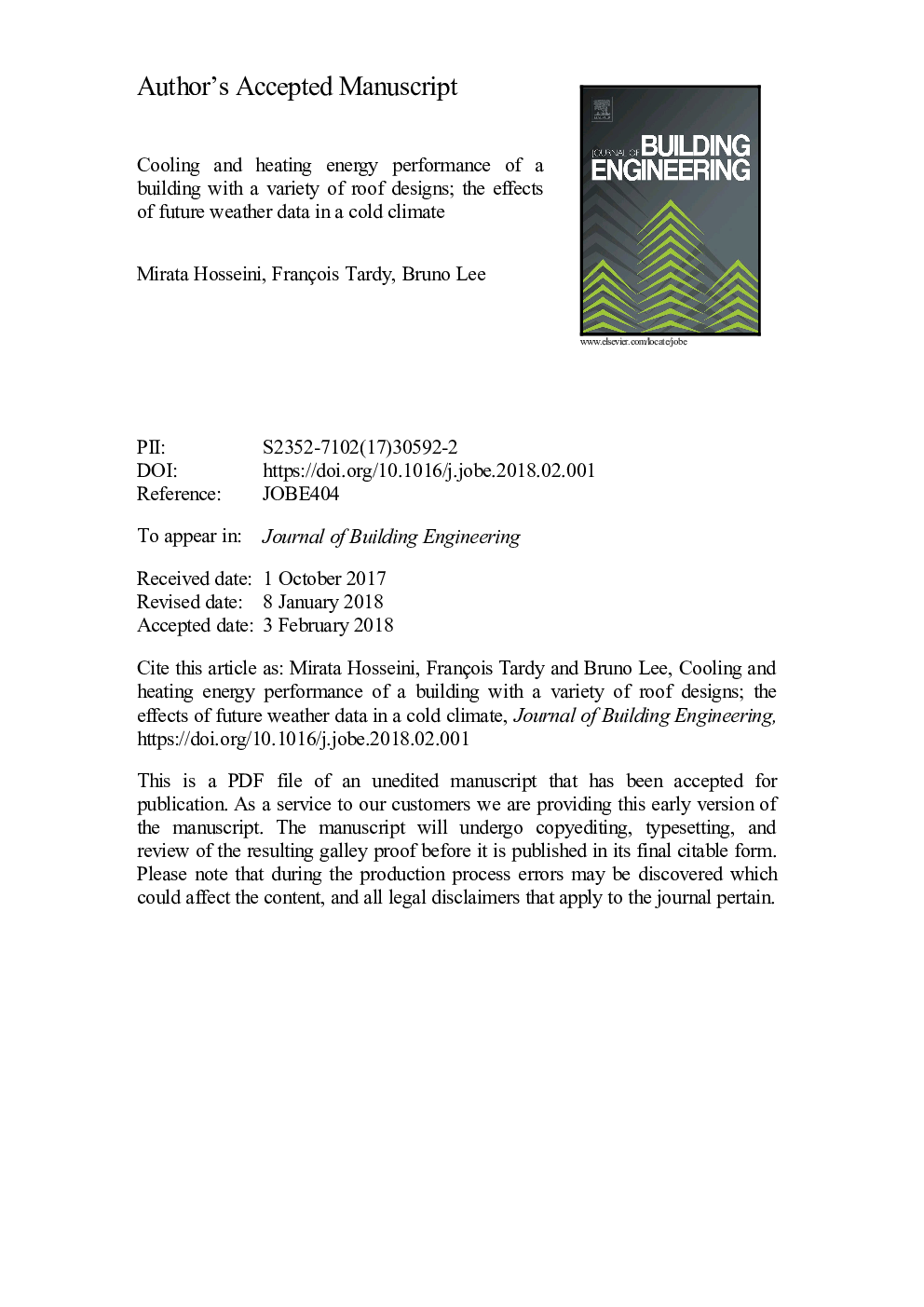| Article ID | Journal | Published Year | Pages | File Type |
|---|---|---|---|---|
| 6749924 | Journal of Building Engineering | 2018 | 19 Pages |
Abstract
Building engineers commonly use the Typical Meteorological Year (TMY) weather data for simulation and design purposes. However, the nature of TMY in excluding weather extremes makes them less suitable to investigate the effect of potential climate change on building design as climate change likely increases the frequency and magnitude of those extreme conditions. The current practice of designing buildings has lacked a clear method to incorporate future climate change trends. An approach is used to compare present weather simulation results of a commercial building with varying roof reflectance and insulation thermal resistance parameters with future year-by-year results which are affected by potential climate change. Future weather data for year-by-year simulations is obtained by “morphing” historical weather data with a General Circulation Model (HadCM3). Mean energy consumption and optimal roof configurations are discussed with regards to climate change over the study period, and are compared to results obtained with TMY data. Results show that increased roof solar reflectance always lead to less mean and less variant cooling energy consumption. The study shows the importance of considering possible future climate scenarios and in building energy performance design.
Related Topics
Physical Sciences and Engineering
Engineering
Civil and Structural Engineering
Authors
Mirata Hosseini, François Tardy, Bruno Lee,
